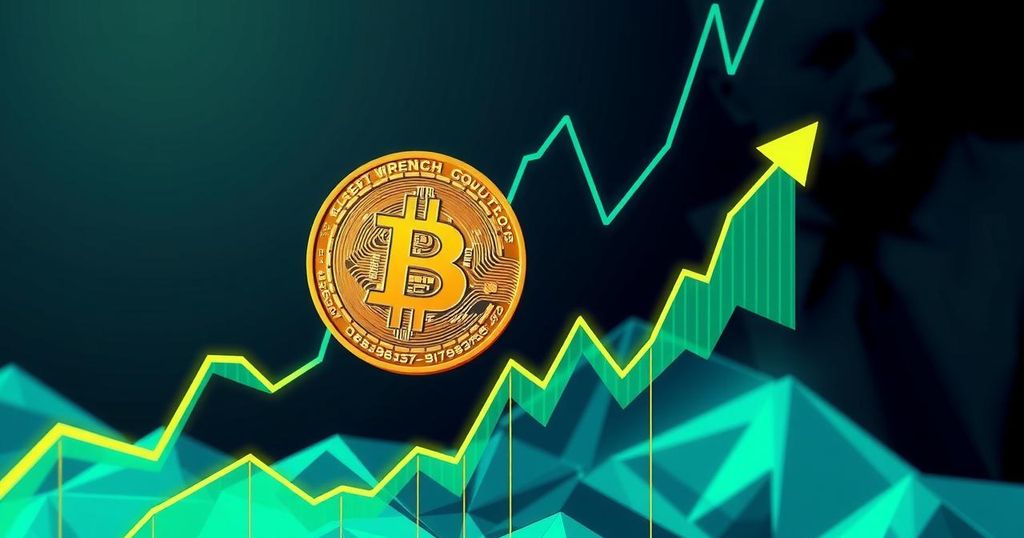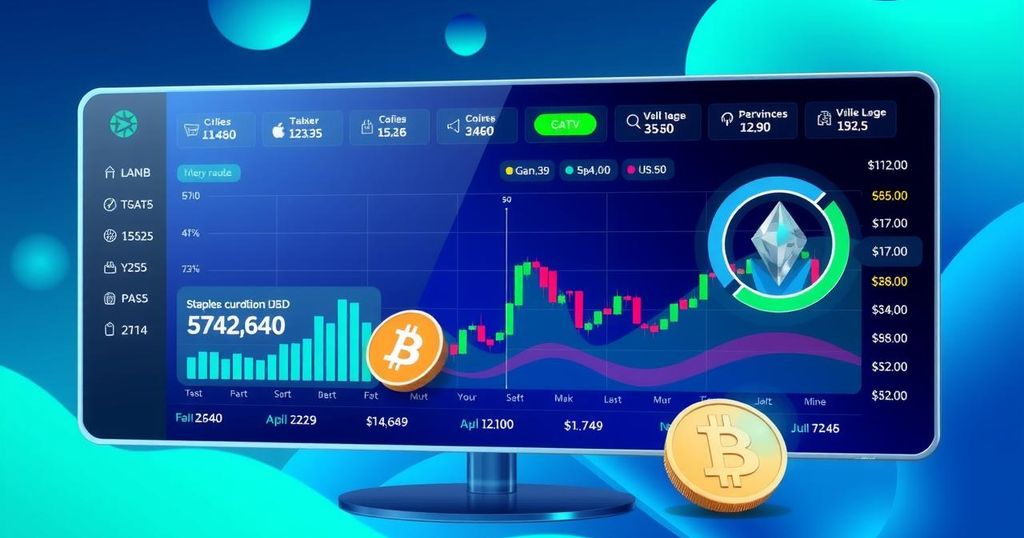Impact of US Election on Crypto Markets
The U.S. presidential election is expected to heavily influence the cryptocurrency market this year. With younger voters advocating for crypto-friendly candidates, policies surrounding digital currencies are becoming a central campaign issue. Historical data suggests that monetary policy changes, such as interest rate cuts, could also affect crypto prices. Together, these elements create a critical landscape for crypto growth.
The landscape of crypto is buzzing, especially as we inch closer to the 2024 U.S. presidential election. This year marked some monumental achievements for digital currencies, with Bitcoin climbing to unprecedented highs and the approval of spot Bitcoin and Ether exchange-traded funds (ETFs) paving the way for broader acceptance. Clearly, as crypto burrows deeper into the fabric of global finance, political and regulatory eyes are peering intently, particularly with election season heating up.
A notable factor in this electoral cycle is the growing voice of younger voters, particularly Gen Z and Millennials, who are swaying electoral outcomes in a big way. According to a survey from Stand With Crypto Alliance, over half of these younger voters lean towards candidates who promote crypto-friendly policies. In swing states, a significant 21% of voters deem crypto policies as crucial. This demographic shift, it seems, is pushing political hopefuls to take serious note of digital currencies, translating crypto into a vital point of discussion for campaigns.
Did you know? The crypto market isn’t just a leisurely walk in the park; it’s rather like a rollercoaster—prices can skyrocket or plunge in just a heartbeat. So, reliable insights on market behavior are paramount for eager investors watching their investments closely.
Now, looking at historical patterns, the crypto market tends to perk up when rates drop. Recent comments from Fed Chair Jerome Powell hinted at a willingness to soften monetary policy, sparking optimism and driving Bitcoin to new peaks. But let’s tread carefully—this correlation isn’t crystal clear and can swing with a host of factors. Predictions hint at a 25 basis points rate cut possibly coming this September, which could stir things even more.
Long-term investors, they’re keeping their eyes on the bigger picture. Many see cryptocurrencies as a buffer against inflation and currency devaluation sparked by loose monetary policy. Major players like MicroStrategy and Tesla have dipped their toes into Bitcoin. With spot ETFs gaining approval, institutional players are increasingly interested in weaving Bitcoin into their portfolios. Plus, there’s a noticeable push towards regulatory clarity across the globe. This uptick in adoption could set off a wave of demand for crypto in upcoming years.
As the elections draw near, the intersection of political change and economic factors will play a crucial role in steering the crypto market. Potential regulatory shifts resulting from election outcomes could mean fertile ground for digital asset growth. But of course, the Fed’s rate decisions will also shape market liquidity and how investors perceive the climate. Together, they create quite the exciting backdrop for cryptocurrencies—a favorable political environment paired with constructive economic strategies. Voters deciding the nation’s political landscape are also shaping the direction of the global cryptocurrency market, making this election cycle vital for both investors and industry players.
In summary, with political winds shifting and macroeconomic factors intertwining, the fallout from the U.S. elections is bound to ripple through crypto markets. A supportive political framework could catalyze growth for digital assets, while monetary policies will play critical roles in shaping investor confidence. So, as we approach November 2024, all eyes will be on how these factors play out, impacting the digital currency game.
In conclusion, the upcoming U.S. elections stand to significantly impact cryptocurrency markets. With younger voters influencing candidates to embrace crypto-friendly policies, and the potential for changing regulatory landscapes, the implications are profound. Coupled with shifting Fed policies and the historical reactions of crypto to monetary changes, 2024 could either bolster or hamper the current upward trajectory of digital currencies, making it essential for investors to pay attention to political developments in the coming months.
Original Source: m.economictimes.com




Post Comment